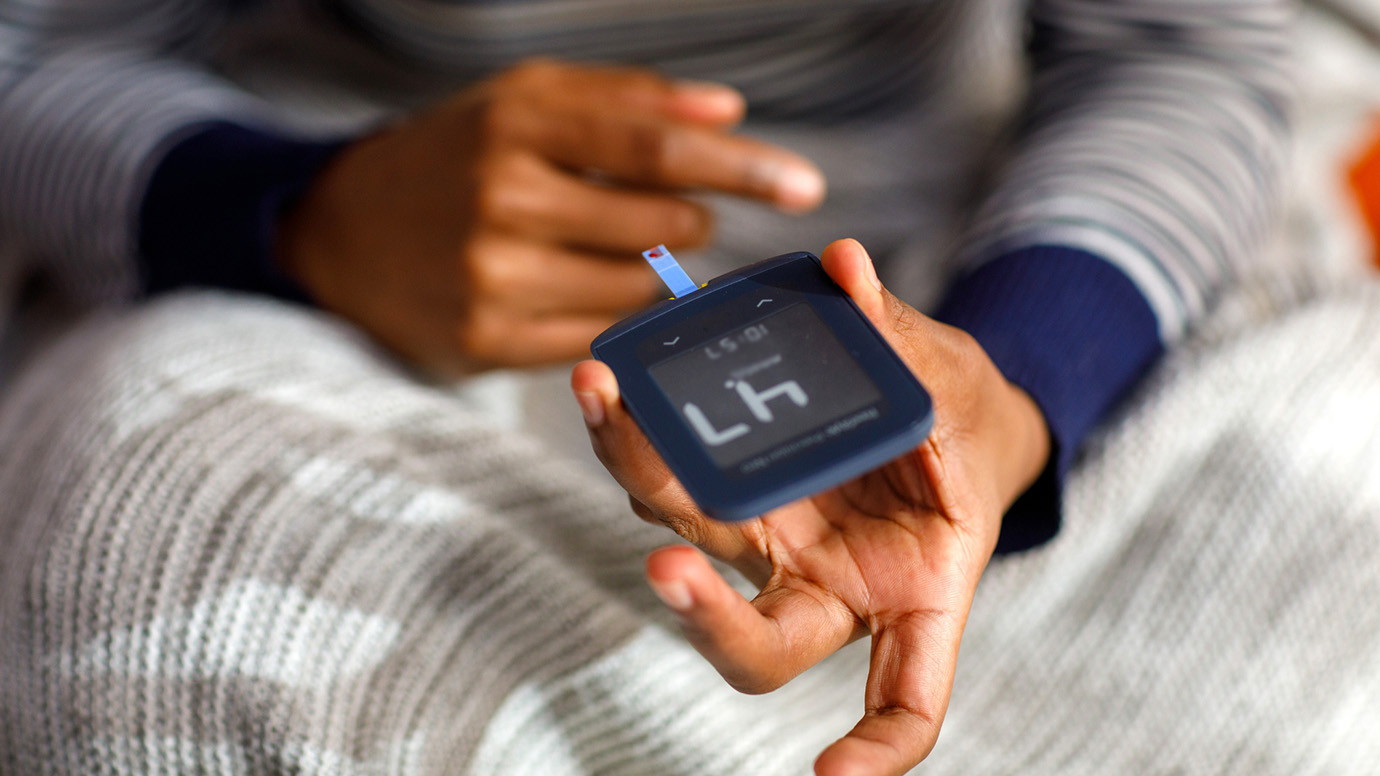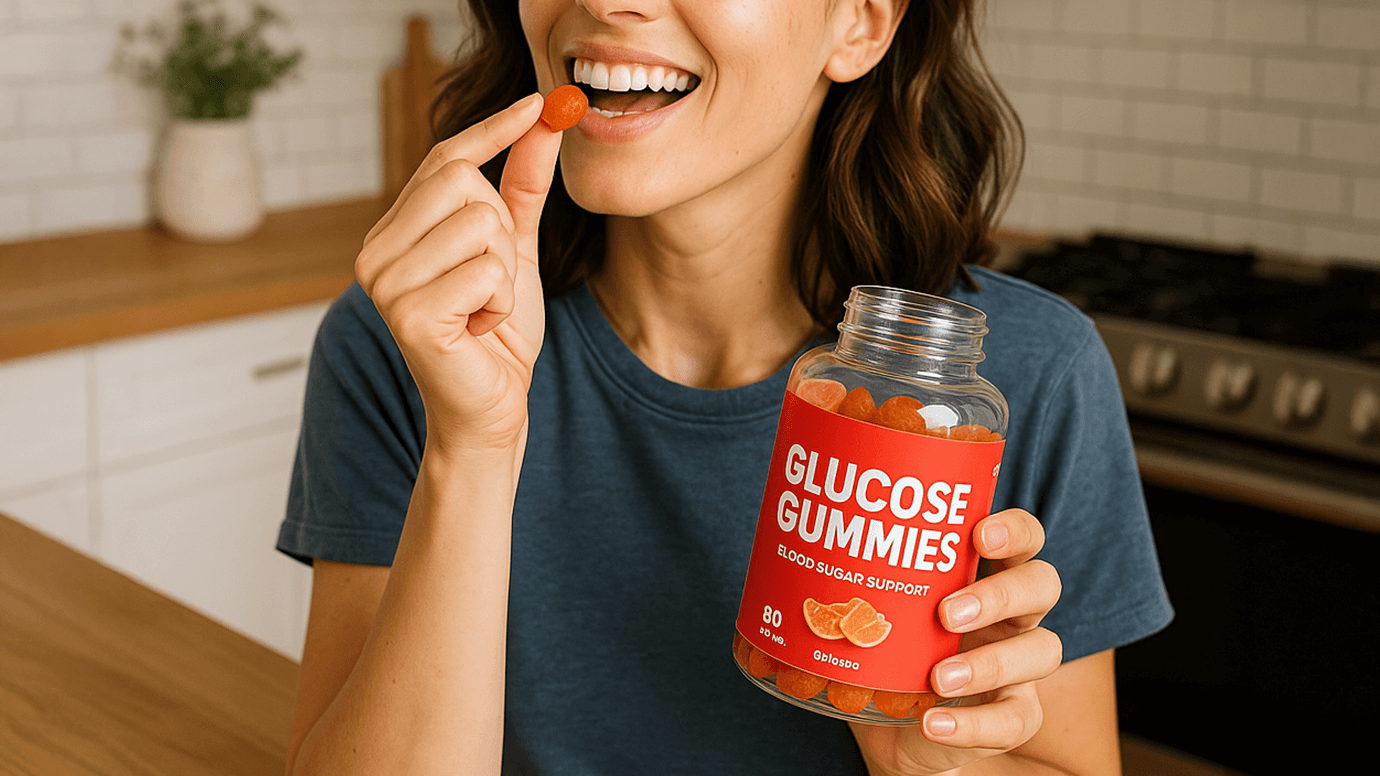A Parent’s Concern: Covid-19 and the School Year
Written by: Eugenia Araiza/ Mariana Gomez
8 minute read
August 25, 2020
Editor’s Note: This article, originally published on Beyond Type 1 En Español, has been translated from Spanish.
COVID-19 has brought many challenges and struggles to our daily lives. From the beginning we have adopted new habits in order to adapt to this new normal and this new dynamic and way of life certainly includes our environment and our children.
In the case of children with diabetes, the school environment alone already entails interesting challenges that, although they can be solved through teamwork and diabetes education, are scenarios that require some preparation to face.
The new normal includes concerns the caregivers have about going back to school and, although we look forward to that day, we also analyze the risks that it could represent in a population that a lot of the literature considers “vulnerable”.
In our groups and communities in Latin America, we have a similar opinion and we are pleased to see that the community has gotten to work and has quickly become familiarized with #BigLittleChanges that will help slow the spread of the virus. We know as a fact that social distancing, among other things, is one of the key pillars, but… what will happen when school begins?
We approached members of the type 1 diabetes community from Spanish-speaking families to ask their opinion. This is what we found.
About going back to school in August
“August seems too soon for in-person classes, it honestly scares me!” Esther shared with us, who thinks the same as Francisco who added “in my opinion, I do not think it can be possible because we are at a very critical point in the pandemic.”
In countries like Mexico, the rules will depend on the school system (public or private) and even on the state and region. In some schools there will be three options for returning to school: in-person, online, or hybrid methodology that involves separating the groups to avoid having several children in a classroom alternating the days of in-person and online education.
Viridiana, Zuri’s mother said, “As Zuri’s mother, who lives with type 1 diabetes, I still do not feel it is safe for her to go back to school and I think that many moms are going through the same thing, the uncertainty of not knowing what will happen in the upcoming school year.”
The British Society of Pediatric Endocrinology and Diabetes states:
- Clinically extremely vulnerable children are to remain shielded and not to return to school, even if their year group has.
- Clinically vulnerable children who are only under the care of primary care are overwhelmingly likely to benefit from returning to school when their year group does.
- Clinically vulnerable children, who are under secondary or specialist care for an underlying health condition are, on the balance of probabilities, more likely to benefit from returning to school when their year group does so. These families may need a conversation with their medical teams to balance the potential risks and any anxiety among family members.
- All other children should attend school when their year group returns.
The new normal and school
Among concerned parents, there has been talk about three options for returning to school: in-person, online, or hybrid methodology that involves separating the groups to avoid having several children in a classroom alternating the days of in-person and online education.
Marcela told us “we still have not heard anything about when school will begin, personally I am stressed out about my son returning to school and whether they will take the necessary measures to avoid infections, hopefully, some students will attend some days and others online to be incorporated gradually like some people are saying.”
Others like Cloe have been preparing a little ahead of time and have talked with the principals and those in charge of the schools to let them know the family’s concerns regarding their child’s diabetes, the care and risks that it would involve, to which the teacher responded “This is a situation in which many of us agree because the most important thing is the health of our little ones. The authorities have mentioned that we will be able to make exceptions when school starts. Do not worry, when the time comes, we can explore options, you have my full support.”
In Mexico, the Aprende en Casa program used five means for teaching, among them, free textbooks in digital and printed format, which include the basis of all the expected learning and programs disseminated in several digital outlets, including free-to-air and cable television channels, radio and printed and digital materials.
The parents’ conditions
When asked about the requirements they have as parents to send their children to school, Yahaira said “I do not have any because at this moment I think that if it is in-person, my child will not go to school” while Mónica said “I would require them to supervise the students so they have no contact with each other, and they should be very clear about social distance”.
Apparently all this causes great uncertainty because of a lack of assertive communication in many of our countries by the educational authorities and, as Adriana says “I would like to know all the measures that would be taken when school starts, but so far there is nothing clear enough so that parents and also children and teenagers with diabetes can sit, think and make clear decisions so they can all feel safe and calm.”
Gaby, like many other participants, told us that she would prefer a hybrid system since “personally, I think my daughter would be affected if she stays at home any longer, she is at an age in which she tends to get depressed, and to stay up late talking to friends she has not seen in months. Now she has to start at a new school, it would be good for her not to spend so much time at home and go back to school with the appropriate care.”
The opinion of children and teenagers living with diabetes on going back to school
Fer tells us that she wants to return and that “she would always have to have her face mask on, carry hand sanitizer, she would not hug her friends and keep her distance”. Ian cannot wait to go back, and it is very difficult for Mónica, his mother, not to send him. The same happens with Damián who wants to go back to school and see his friends. However, Matteo knows for sure that he does not want to return.
Zuri, who is 10 years old, tells us “I am very afraid of catching it and having complications with my diabetes.” 11-year-old Pablo says: “I will not go back until there is a vaccine.” Mali, who is 13 years old, is the one who shows the most concern on the subject and says just the thought of being surrounded by children and teachers scares her.
The official positions
Sadly, up to the date this article was published, we have not found any information from school authorities or medical societies for our countries in Latin America.
However, on May 20th the Official Position of the Association of Children’s Diabetes Clinicians (ADC) was published, emphasizing the lack of evidence to suggest that children with diabetes are more vulnerable to get the virus than other children, and parents of children with diabetes are called upon to reinforce safety measures such as hand washing and social distancing.
At the beginning of the statement, it says children with diabetes can return to the school environment as long as protective measures are taken. According to the documents, parents should consider whether the children will be able to keep their distance from their classmates, and if someone at home has a greater risk of contracting the virus. In addition, there are other factors that should be considered. Are parents capable of providing quality education from home? Will this distancing have any negative consequences on their development and emotional well-being?
Here are some safety protocols that will be implemented in different countries that you may be able to discuss with your educational authorities if you are a caregiver to a child with diabetes
- Placement of students by age group: students will attend school in groups or age groups.
- Students will not interact with other students outside of their age group.
- A temperature check will be conducted each day before students enter the premises.
- All staff will wear face shields.
- Students will have many opportunities to wash their hands daily.
- Handwashing stations will be created around the premises.
- Students will not share supplies and materials.
- Students will be seated at a safe distance from each other.
- Teachers will be provided with safe cleaning supplies for students to use throughout the day.
Some conclusions
Viridiana García, Zuri’s mother, perhaps represented what many of us thought and could not put into words “I think that, at the moment, there is nothing more important than the health of our children, and if we weigh the health of our children against their education, their health seems more important. We should remember that nothing is forever, and these moments of crisis will sooner or later pass and we will have time to recover in all aspects.”
While all this goes through the minds of the parents, a question arises, how long are we going to be able to keep the children out of the new normal?
(We would like to thank Viridiana García, Zuri’s mother, for sharing the protocols of her school with us)
About the authors
Eugenia Araiza Eugenia has a Degree in Nutrition specialized in Diabetes and she is a diabetes educator. She was diagnosed with type 1 diabetes 25 years ago, she is the creator of Healthy Diabetes. She really enjoys studying and helping others in managing their different types of diabetes. She loves studying, managing type 1 diabetes, and nutrition. She especially enjoys writing about the impact diabetes has in her life. She lives surrounded by the love of her family, Luis Felipe, who lives with latent autoimmune diabetes in adults (LADA) type diabetes and her teenage son, Indigo.
Mariana Gómez Mariana is a psychologist and diabetes educator. She was diagnosed with type 1 diabetes in the summer of 1985. In 2008, Mariana started a blog where she shares her life experience and topics related to living with diabetes and emotional health with others. Mariana worked with the Mexican Diabetes Federation until 2012 and today she is director of emerging markets for Beyond Type 1. She is the mother of a teenager.
For more information on what you can do to protect yourself and others, visit coronavirusdiabetes.org and share the #BigLittleChanges you are making.

Author
Eugenia Araiza/ Mariana Gomez
Eugenia is a nutritionist and diabetes educator. She has been living with type 1 diabetes since 1995. In 2019, she started Healthy Diabetes, a project that includes educational resources to support and empower people living with diabetes. She is the author of the book Soy Diferente y me Gusta (I am Different and I Like It), which preaches about acceptance when living with diabetes. She recently co-authored a book called Había una vez una Diabetes (Once Upon a Time There was Diabetes) which addresses diabetes burnout in diabetes from a professional perspective and with a personal and unique twist. Eugenia is co-founder of Diabetes and Co, an online educational platform for the different types of diabetes. She is currently a project manager at Beyond Type 1. <br><br> Mariana is a psychologist and diabetes educator. She is the creator of Dulcesitosparami, one of the first online spaces for people with type 1 diabetes in Mexico. She is the co-author of the children’s book Había una vez una Diabetes (Once Upon a Time There was Diabetes) with Eugenia Araiza and co-founder of Diabetes and Co, a diabetes education online platform for Spanish-speaking audiences with type 1 and type 2 diabetes. Mariana is currently the director of emerging markets at Beyond Type 1. She was diagnosed with type 1 diabetes more than 30 years ago and is the mother of a teenager.
Related Resources

If you have diabetes, you know insulin affects low blood sugar (hypoglycemia), but it’s not...
Read more

Living with diabetes, you know that low blood sugar can be dangerous and needs quick...
Read more

At just 17, Collin Lloyd is making a name for himself in karting—on and off...
Read more

